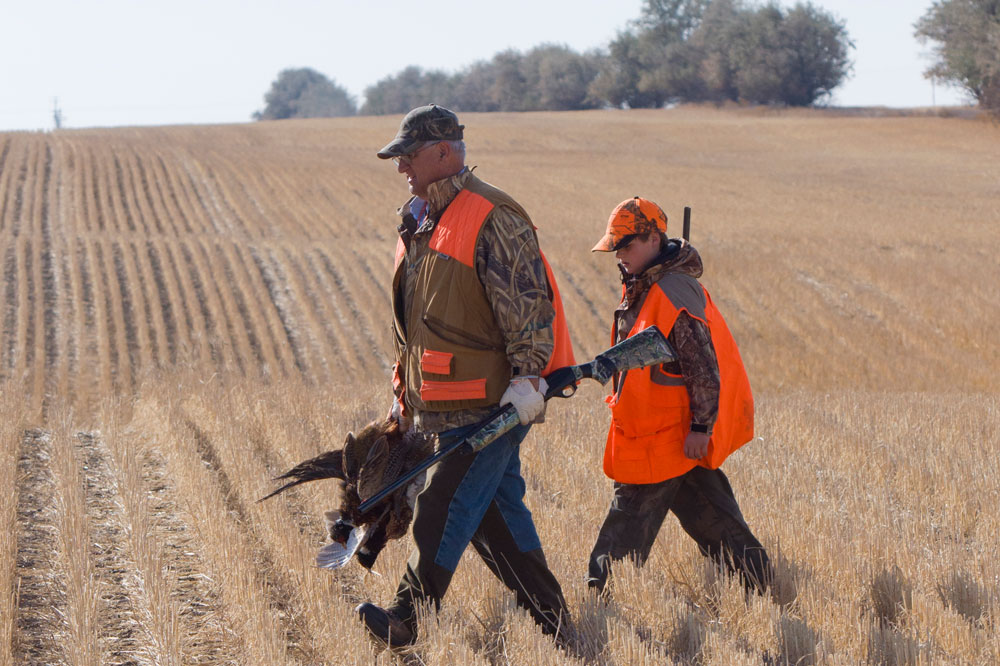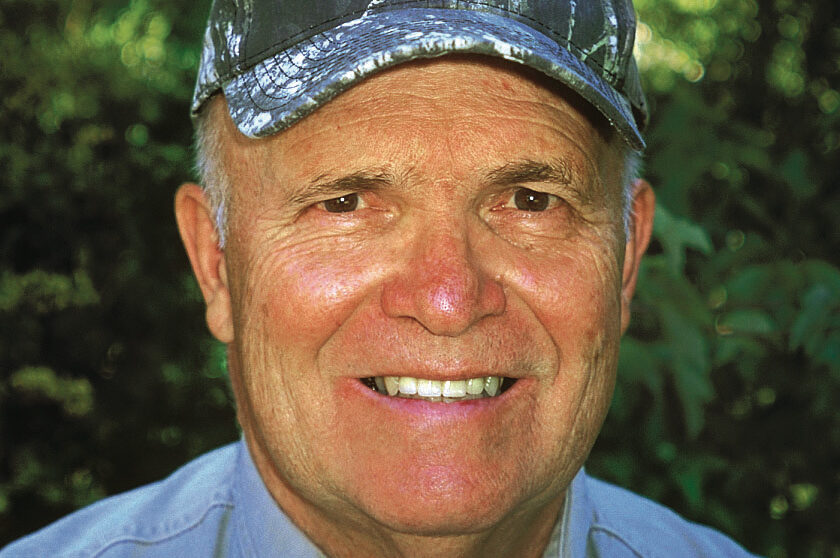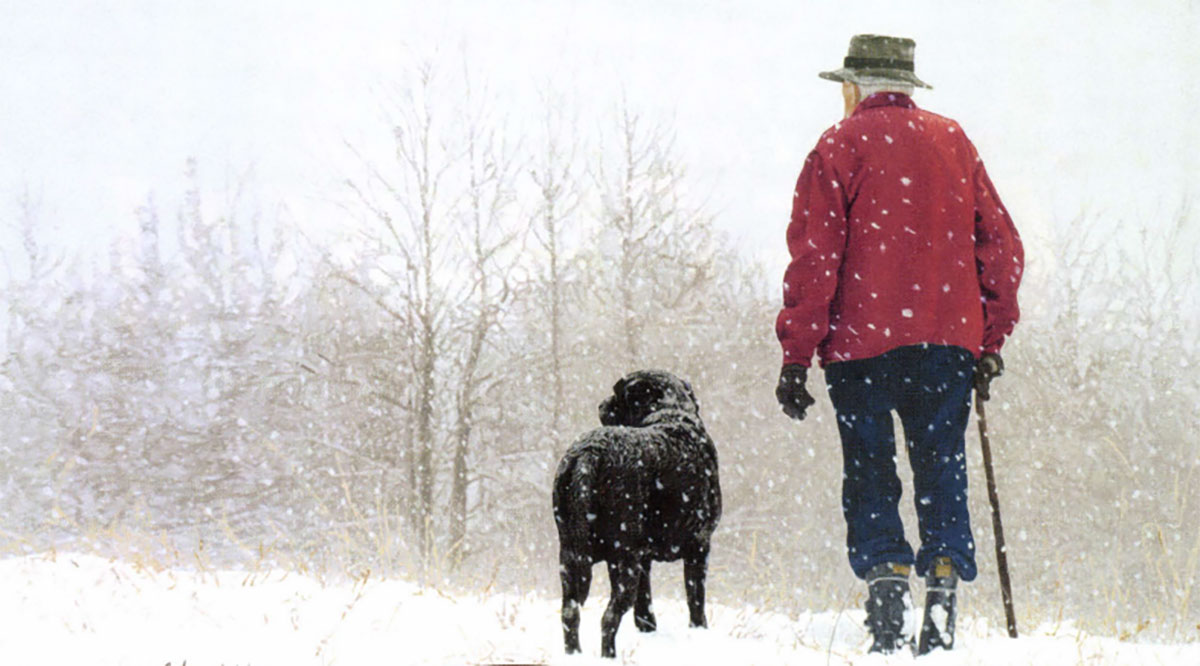On November 7 the U.S. Fish and Wildlife Service announced a final rule to open or expand opportunities across 132,000 acres on ten national wildlife refuges. This will bring the number of refuges where the public may hunt up to 373 and 311 where fishing is permitted.
“The nation’s sportsmen and women lead the conservation of wildlife and their habitats throughout our nation,” said Service Principal Deputy Director Greg Sheehan. “They are passionate about the outdoors and are committed to sustainably managing these resources for all Americans to enjoy.
“Refuges provide all Americans with places to hunt, fish, observe the natural world firsthand, and experience the great outdoors. We are pleased to be able to offer hunting and fishing opportunities and other recreational activities where they are compatible with National Wildlife Refuge management goals.”
The final rule opens more than 60,000 acres of Refuge System lands for hunting species not previously authorized in these areas. Under the National Wildlife Refuge System Improvement Act of 1997, the Service permits hunting and fishing along with four other types of wildlife-dependent recreation, including wildlife photography and environmental education, when they are compatible with an individual refuge’s purpose and mission.
The final rule was published in the Federal Register and took effect on November 8, 2017.
Hunting and/or fishing will expand or be opened on the following refuges:
Georgia and South Carolina
- Savannah National Wildlife Refuge: Expand migratory gamebird, upland, and big game hunting. The refuge is already open to migratory gamebird, upland, and big game hunting, as well as sport fishing.
Indiana
- Patoka River National Wildlife Refuge: Expand migratory gamebird, upland, and big game hunting, and sport fishing. The refuge is already open to migratory gamebird, upland, and big game hunting, as well as sport fishing.
Minnesota
- Minnesota Valley National Wildlife Refuge: Expand migratory gamebird, upland, and big game hunting. The refuge is already open to migratory gamebird, upland, and big game hunting, as well as sport fishing.
North Dakota
- Des Lacs National Wildlife Refuge: Open moose hunting for the first time. The refuge is already open to upland and other big game hunting.
- Upper Souris National Wildlife Refuge: Open moose and turkey hunting for the first time. Expand upland and big game hunting. The refuge is already open to upland and other big game hunting, as well as sport fishing.
Oklahoma
- Sequoyah National Wildlife Refuge: Expand upland and big game hunting. The refuge is already open to migratory gamebird, upland, and big game hunting, as well as sport fishing.
Oregon
- Baskett Slough National Wildlife Refuge: Expand migratory gamebird hunting. The refuge is already open to migratory gamebird hunting.
- Siletz Bay National Wildlife Refuge: Open sport fishing for the first time. The refuge is already open to migratory gamebird hunting.
Wisconsin
- Fox River National Wildlife Refuge: Expand big game hunting. The refuge is already open to big game hunting.
- Horicon National Wildlife Refuge: Expand migratory gamebird, upland, and big game hunting. The refuge is already open to migratory gamebird, upland, and big game hunting, as well as sport fishing.
More than 50 million Americans visit refuges every year. National wildlife refuges provide vital habitat for thousands of species and access to world-class recreation, from fishing, hunting, and hiking to nature watching, photography, and environmental education. In doing so, they support regional economies to the tune of $2.4 billion per year and support more than 35,000 jobs. There is a National Wildlife Refuge within an hour’s drive of most major metropolitan areas.




